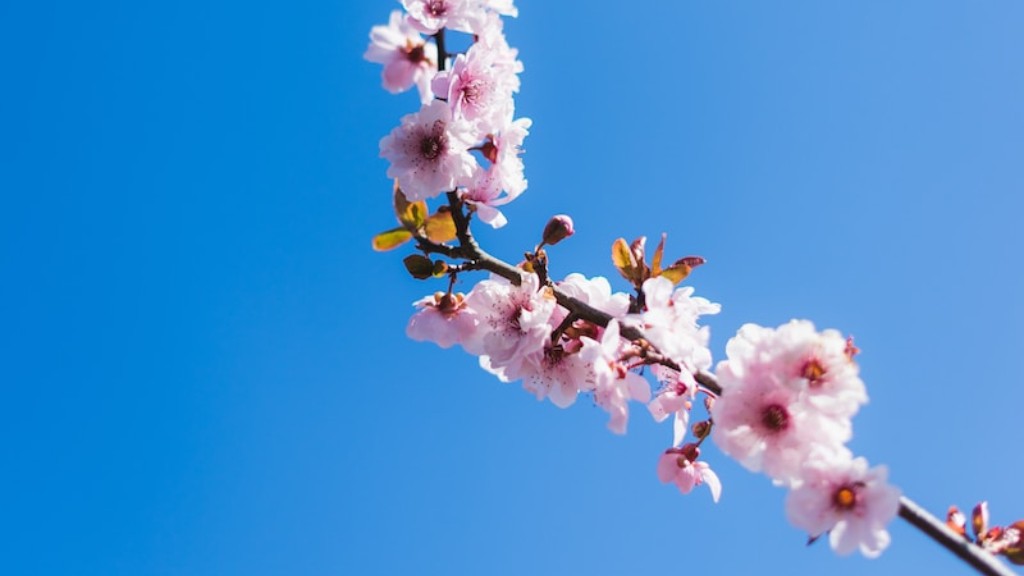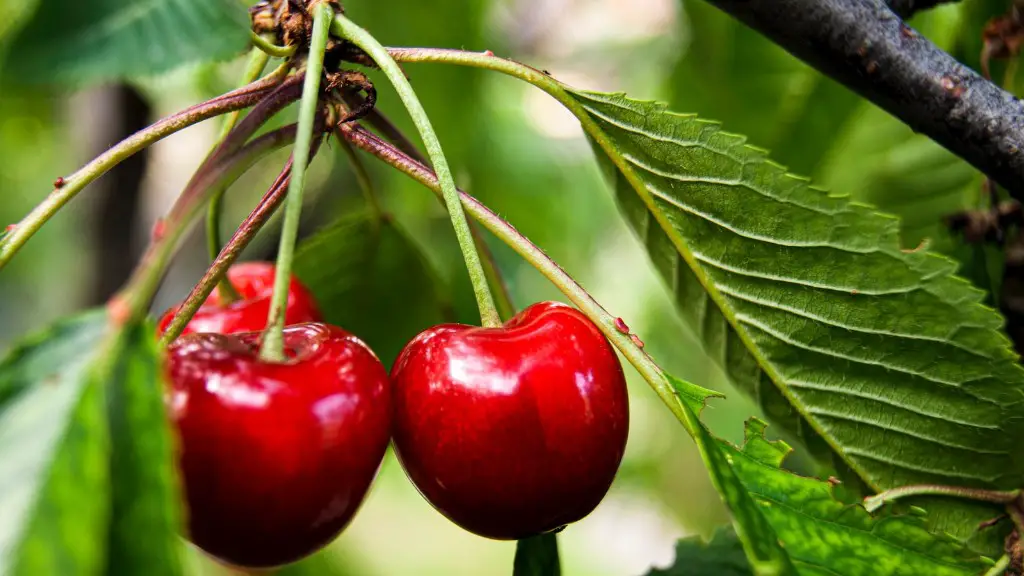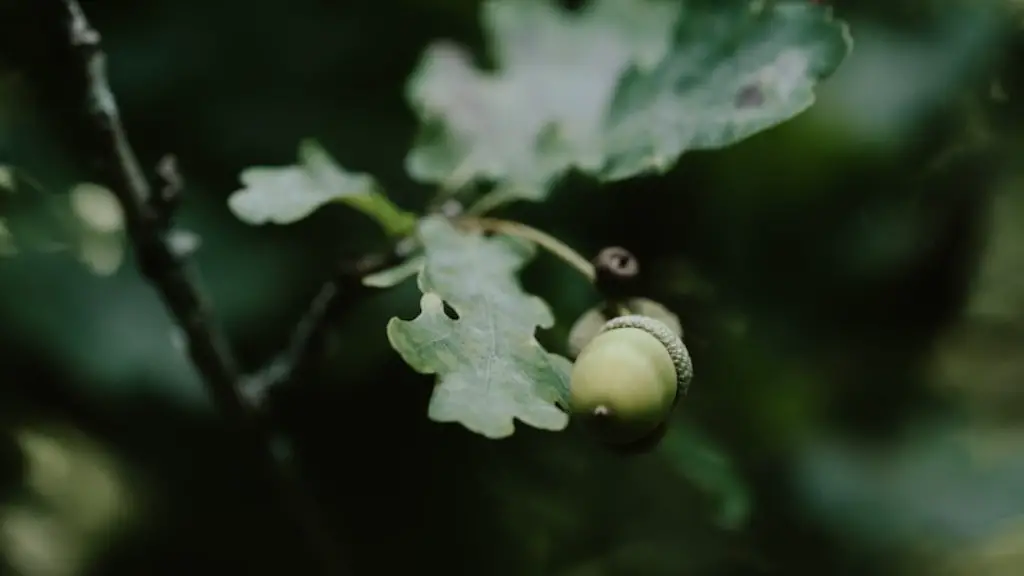Appearance
Flowering cherry trees are a popular choice for ornamental gardens and parks due to their spectacular spring blossoms. These trees can range in size, with some growing up to 50 feet (15 m) tall, while others may only reach 30 feet (9 m). Their bark can have a grayish-brown color and have some slightly bumpy ridges. The leaves are typically teardrop-shaped, with serrated edges. The flowers are usually bright pink or white, with five petals that cup around the center. The bloom period is usually around April and May, with each tree displaying a variation of either pink or white blossoms.
Life Span and Culture
Flowering cherry trees can live for up to 100 years if they are given the right conditions, such as shade and water. Most trees need full sun and a deep, well-drained soil in order to do well. They heartily grow in USDA Plant Hardiness Zones 5-8, and they need to be watered deeply every week or two during the peak growing season. Pruning should be done at least once a year, usually in late winter or early spring, to maintain their shape and size.
Types
There are many varieties of Flowering cherries, with some of the most popular being the Yoshino Cherry, Taiwan Cherry, and Kwanzan Cherry. The Yoshino cherry is a fast-growing tree, growing up to 45 feet (14 m) tall, with white flowers that bloom in March or April. Taiwan cherry is an evergreen cherry tree with pink flowers that bloom in February or March. The Kwanzan cherry tree is a slower-growing variety with bright pink flowers in April and May.
Attractiveness
When the blossoms are in full bloom, flowering cherry trees provide a beautiful display of color. They make a great addition to an outdoor garden and create a stunning focal point in any space. Their delicate petals are a lovely sight, and they emit a pleasing, sweet fragrance. The blossoms can last up to two weeks, with the cherry trees retaining their striking appeal even when not flowering.
Pests and Diseases
Like any other tree, flowering cherry trees can attract illness and pests. Aphids, scale, and spider mites are some of the most common insects that could damage leaves and stems, while Japanese beetles and borers could potentially harm the root system. Several diseases such as bacterial canker, brown rot, and powdery mildew can also damage the flowers and leaves. In order to best protect the tree, owners should pay attention to insect infestations and consult a specialist when needed.
Benefits
As beautiful as flowering cherries are, they also have several beneficial properties. One of these is the fact that they retain their shape and size better than other trees, making them an ideal choice for homeowners that don’t want their wood line shifting. These trees can also provide shade and wind barriers, while they’re drought-tolerant nature lends them to being a great choice for drier regions.
Fruit Production
Flowering cherries may look lovely in gardens and parks, but they are generally not planted for fruit production. These trees do not produce much edible fruit and if they do, it’s usually quite sour. If a person’s interested in bringing the cherry sweet taste to the yard, then they’ll need to choose a different variety, such as the black cherry or sweet cherry tree.
Symbolism
The blossoming of a cherry tree is associated with renewal and spiritual awakening as it is often said to signify the coming of spring. They have also been linked to love and romance, as well as transience or the fleeting nature of life due to their tendency to only bloom and bear fruit for a few weeks or months. In addition, these trees are also known to symbolize sensory joy, regeneration and undaunted spirit.
Religious Lore
Throughout many cultures and religions, the cherry tree holds a hopeful and profound meaning. The tree is seen as a metaphor for new beginnings, personal growth, and spiritual transformation. In Buddhism, the cherry tree is said to be a symbol of consciousness and focused awareness. In Hinduism, cherry trees are associated with the goddess of love and fertility, Lakshmi. In Christianity, the cherry tree is representative of the Garden of Eden and is a reminder of the restoration of mankind.
Cultural Significance
Throughout history, the cherry tree has played an important role in culture and literature. In Japan, the cherry blossom is a national symbol and a sign of renewal, and the tree is celebrated in the annual Hanami Festival. In Western culture, cherry trees have been referenced in books, poetry, and paintings. They have also been associated with fertility, innocence and renewal over the centuries.
Economic Impact
Flowering cherry trees are a popular choice for parks, landscaping, and as ornamental trees. They have a significant economic impact, as they help to beautify cities, generate tourism, and bring in revenue. In Japan, they are especially popular and are a major source of income, with some of the top cherry-producing areas in the country bringing in over 40 million a year.
Environmental Significance
Flowering cherry trees can provide a great source of food for birds and insects. The shallow root system of some of these trees takes up small amounts of water from large areas, acting as natural irrigation systems. They also play a role in air purification and carbon sequestration, as they have the capacity to absorb toxins and excess carbon dioxide from the atmosphere.


